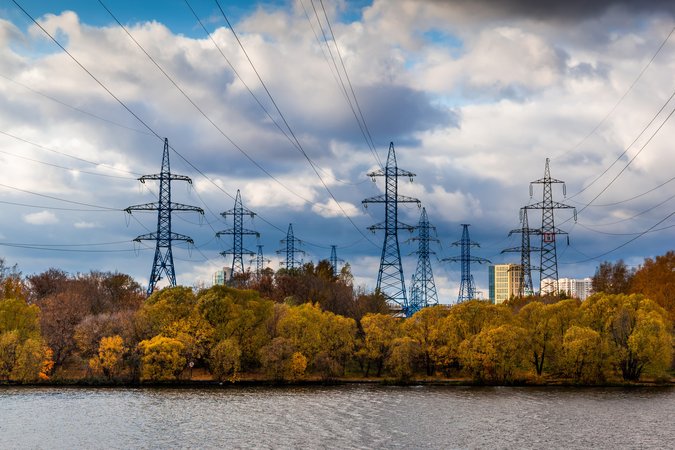Vertical Market Power in Interconnected Natural Gas and Electricity Markets
A $3.6 billion transfer from electricity customers to generators in New England highlights the need for greater coordination across natural gas and electricity markets.
New England is at the leading edge of an energy transition in which natural gas is playing an increasingly important role in the US electricity generation mix. In recent years, the region's wholesale natural gas and electricity markets have experienced severe, simultaneous price spikes. While frequently attributed to limited pipeline capacity serving the region, we demonstrate that such price spikes have been exacerbated by some gas distribution fi rms scheduling deliveries without actually flowing gas. This behavior blocks other fi rms from utilizing pipeline capacity, which artificially limits gas supply to the region and drives up gas and electricity prices. We estimate that capacity withholding increased average gas and electricity prices by 38% and 20%, respectively, over the three-year period we study. As a result, customers paid $3.6 billion more for electricity. While the studied behavior may have been within the fi rms' contractual rights, the signifi cant impacts in both the gas and electricity markets underscore the need to improve regulation and coordination as these two energy markets become increasingly interlinked.
Key findings
- We identify a major inefficiency spanning the natural gas transportation and wholesale electricity markets.
- Gas utilities in New England routinely scheduled gas deliveries without actually flowing gas, preventing others (primarily gas-fired generators) from accessing pipeline capacity.
- We estimate that gas spot prices in New England over the period from August 2013 to July 2016 were 38 percent higher due to these scheduling practices.
- We estimate that electricity prices were about $10/MWh higher because of gas-fired generators' higher input costs.
Authors

Levi Marks

Kristina Mohlin

Matthew Zaragoza-Watkins




